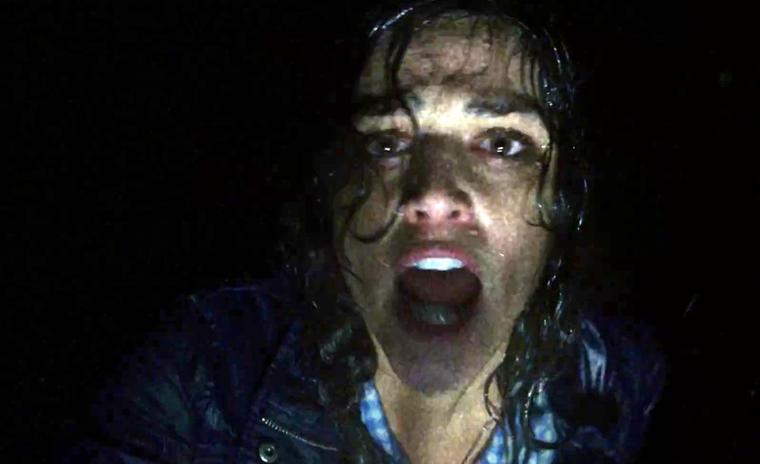 Kim Jong-Il was known for a number of things including the fact that he was a fanatical fan of cinema. While this good point does not excuse in any way his behaviour and outlook in all other areas of his life it the basis for the new documentary based on one of the more bizarre stories to emerge from the ultra secretive North Korea.
Kim Jong-Il was known for a number of things including the fact that he was a fanatical fan of cinema. While this good point does not excuse in any way his behaviour and outlook in all other areas of his life it the basis for the new documentary based on one of the more bizarre stories to emerge from the ultra secretive North Korea.
Kim was unimpressed with the output of the North Korean film industry. In his eyes it lacked imagination, style and had too much crying. It reminded him of a funeral. He was a film fanatic. Every official residence had its own screening room so he could watch a movie any time he liked. Surprisingly he was very fond of Hollywood cinema. What he wanted was the output from the North Korean film industry to be up there with its southerly neighbour who had a well established and much respected place in the world cinema market. In order to raise the profile of the home grown product he looked to the best players in South Korean cinema. One of the best and most prolific were the director Shin Sang-ok and his former wife and film star Choi Eun-hee. Knowing that persuasion would take too long and may fail, a plan was executed to kidnap the film makers and make them work in North Korea.
 This is an almost unreal story that would not be taken seriously if not the evidence surrounding the story. Having gained the trust of Kim, Choi was able to hide a small Dictaphone in her purse and record conversations which back up the story the couple told on their escape. These conversations are used as the basis of the documentary. The directors Ross Adam, and Robert Cannan craft the visuals around the tapes and include interviews with Shin and Choi, their family and friends, as well as some of the players from the Intelligence community at the time. Obviously there is not much footage outside of this material and this is where the film makers get quite clever. With the principals narrating the story, the accompanying visuals are a mixture of re-enactment and scenes from the films of Shin. They work remarkably well in telling the story and have obviously been chosen with care. The best of the recreations comes in the telling of the escape. The sequence is put together in such a way as to create tension even though the outcome is known. It even has a car chase element to it.
This is an almost unreal story that would not be taken seriously if not the evidence surrounding the story. Having gained the trust of Kim, Choi was able to hide a small Dictaphone in her purse and record conversations which back up the story the couple told on their escape. These conversations are used as the basis of the documentary. The directors Ross Adam, and Robert Cannan craft the visuals around the tapes and include interviews with Shin and Choi, their family and friends, as well as some of the players from the Intelligence community at the time. Obviously there is not much footage outside of this material and this is where the film makers get quite clever. With the principals narrating the story, the accompanying visuals are a mixture of re-enactment and scenes from the films of Shin. They work remarkably well in telling the story and have obviously been chosen with care. The best of the recreations comes in the telling of the escape. The sequence is put together in such a way as to create tension even though the outcome is known. It even has a car chase element to it.
What the film tries to do is not to fully concentrate on the viewpoint of Shin and Choi. They detail their initial incarceration, five years in prison in Shin’s part, before they actually got to meet Kim. Neither was fully indoctrinated into the communist ideology and pretended in order to survive. What they found when they actually started making films was a certain amount of freedom. They were not pushed to promote the beliefs of the government but instead allowed to bring forward their own ideas. Money, which was always a problem for Shin, ceased to be an issue. They produced seventeen films in under three years and created a variety of films including the first romance film ever to be made in the country. Kim was always consulted but according to the recorded conversations did not push for overall control.
It is to the film’s credit that it tried to introduce an element of balance even though the weight of evidence pointed to the fact that two people were abducted and held against their will for the best part of a decade.
- Arrow Video Titles For March 2025 - January 5, 2025
- G20 – Preview - January 5, 2025
- Royal Opera House launches Maria Callas tour featuring Angelina Jolie’s costumes from new biopic Maria - January 5, 2025




